PPPL’s new plasma simulation method promises to transform computer chip manufacturing and fusion energy research.
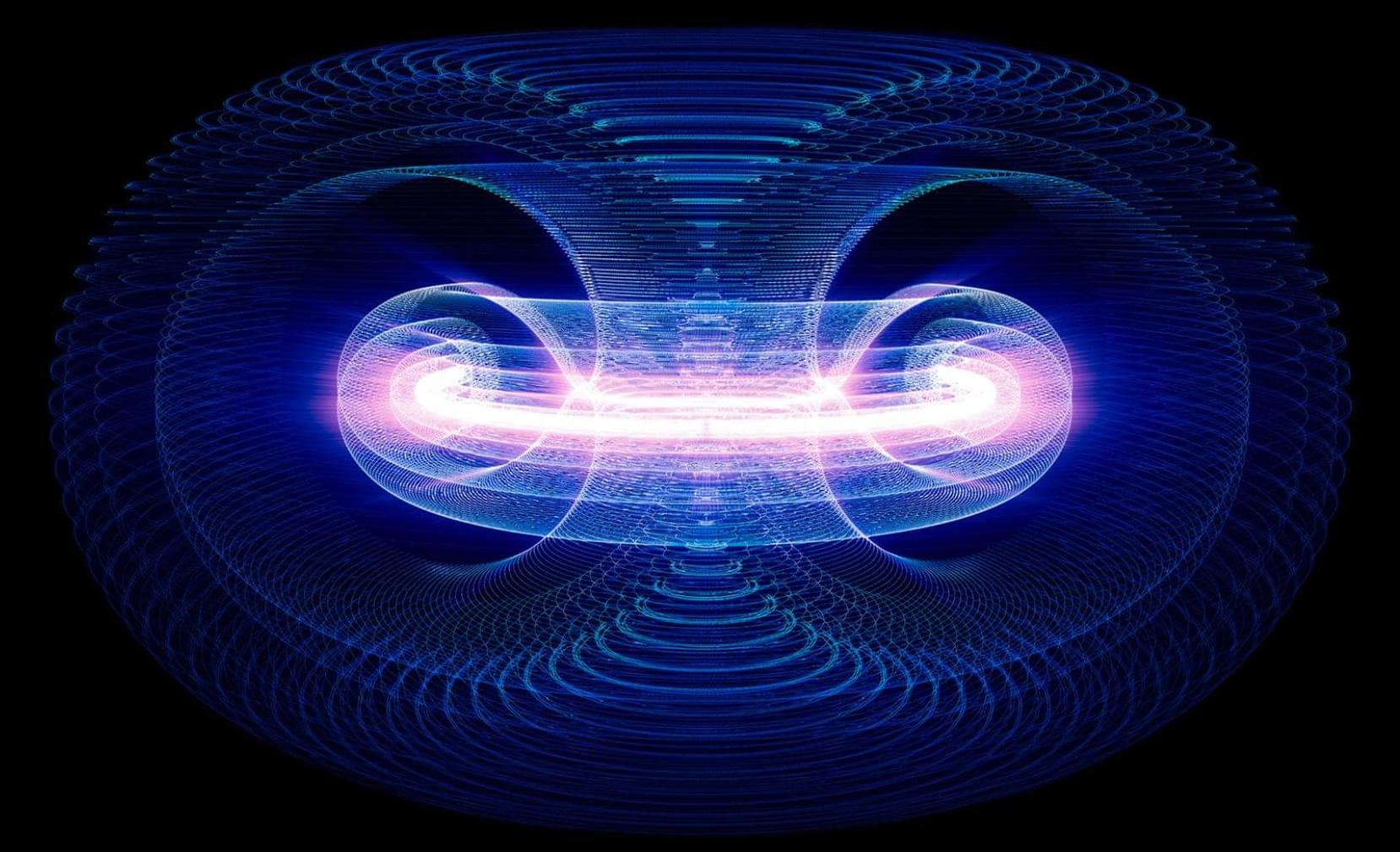


Blood vessels are like big-city highways; full of curves, branches, merges, and congestion. Yet for years, lab models replicated vessels like straight, simple roads.
To better capture the complex architecture of real human blood vessels, researchers in the Department of Biomedical Engineering at Texas A&M University have developed a customizable vessel-chip method, enabling more accurate vascular disease research and a drug discovery platform.
Vessel-chips are engineered microfluidic devices that mimic human vasculature on a microscopic scale. These chips can be patient-specific and provide a non-animal method for pharmaceutical testing and studying blood flow. Jennifer Lee, a biomedical engineering master’s student, joined Dr. Abhishek Jain’s lab and designed an advanced vessel-chip that could replicate real variations in vascular structure.
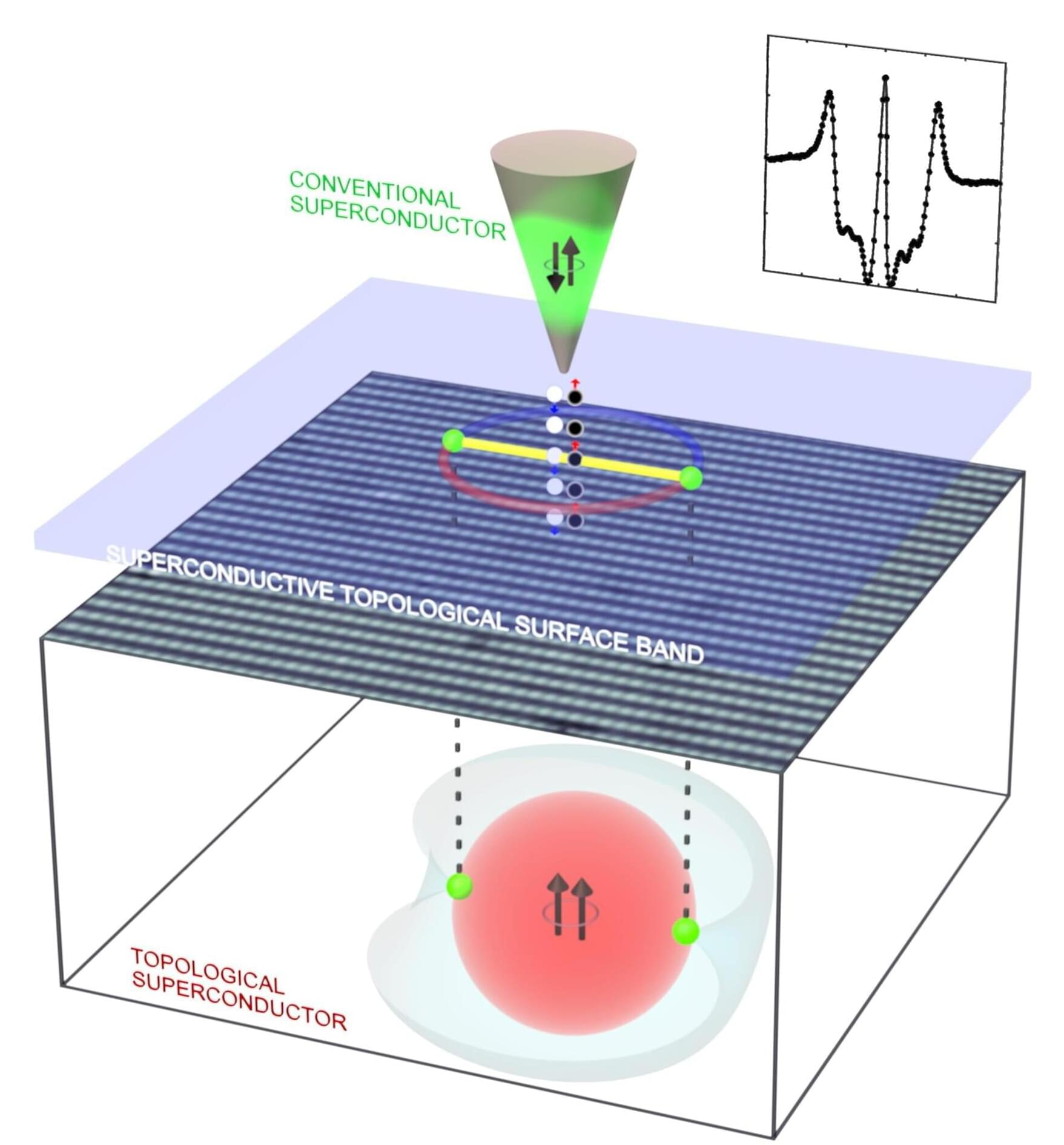
Scientists at University College Cork (UCC) in Ireland have developed a powerful new tool for finding the next generation of materials needed for large-scale, fault-tolerant quantum computing.
The significant breakthrough means that, for the first time, researchers have found a way to determine once and for all whether a material can effectively be used in certain quantum computing microchips.
The major findings have been published in Science and are the result of a large international collaboration which includes leading theoretical work from Prof. Dung-Hai Lee at the University of California, Berkeley, and material synthesis from professors Sheng Ran and Johnpierre Paglione at Washington University in St. Louis and the University of Maryland, respectively.


American scientists plan to implement a project to test quantum communication in free space. Using lasers, they want to launch qubits over the Long Island Sound.
It is noted, that three laser beams from the telescope on top of the Kline Tower on the Yale University campus will be directed across the Long Island Sound at a distance of nearly 43.5 km and captured on the opposite side by a similar telescope on the roof of the University Hospital Stony Brook.
The goal of the Quantum Laser Across the Sound project is to expand the ability to send and receive quantum information and demonstrating the potential for possible future quantum computing infrastructures. The telescope on top of the Kline Tower will send entangled photons 43.4 km across the Long Island Sound.
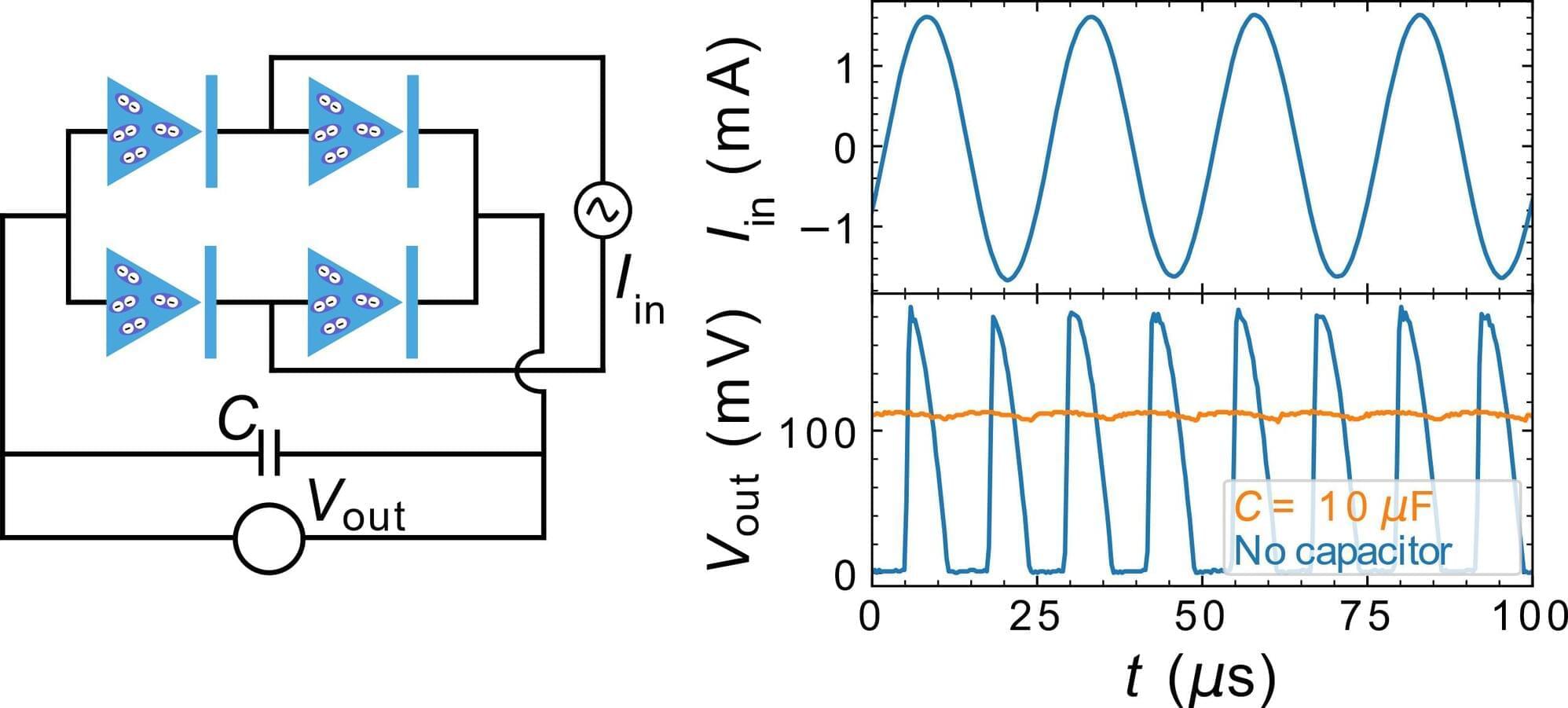
Superconductivity is an advantageous property observed in some materials, which entails an electrical resistance of zero at extremely low temperatures. Superconductors, materials that exhibit this property, have proved to be highly promising for the development of various electronic components for both classical and quantum technologies.
Researchers at Massachusetts Institute of Technology (MIT), University of California–Riverside and SEEQC Inc. recently introduced a new system comprised of four superconducting diodes (SDs), which are electronic devices that allow electric current to flow in only one direction and are made of superconducting materials.
Their superconducting diode bridge, introduced in a paper published in Nature Electronics, was found to perform remarkably well at cryogenic temperatures, achieving rectification efficiencies as high as 42% ± 5%.

As fast as modern electronics have become, they could be much faster if their operations were based on light, rather than electricity. Fiber optic cables already transport information at the speed of light; to do computations on that information without translating it back to electric signals will require a host of new optical components.
Researchers at the John and Marcia Price College of Engineering have now developed such a device: one that can be adjusted on the fly to give light different degrees of circular polarization. Because information can be stored in this chiral property of light, the researchers’ device could serve as a multifunctional, reconfigurable component of an optical computing system.
Led by Weilu Gao, assistant professor in the Department of Electrical & Computer Engineering, and Jichao Fan, a Ph.D. candidate in his lab, a study demonstrating the device was published in the journal Nature Communications. Fellow Gao lab members Ruiyang Chen, Minhan Lou, Haoyu Xie, Benjamin Hillam, Jacques Doumani, and Yingheng Tang contributed to the study, as did Nina Hong of the J.A. Woollam Company.
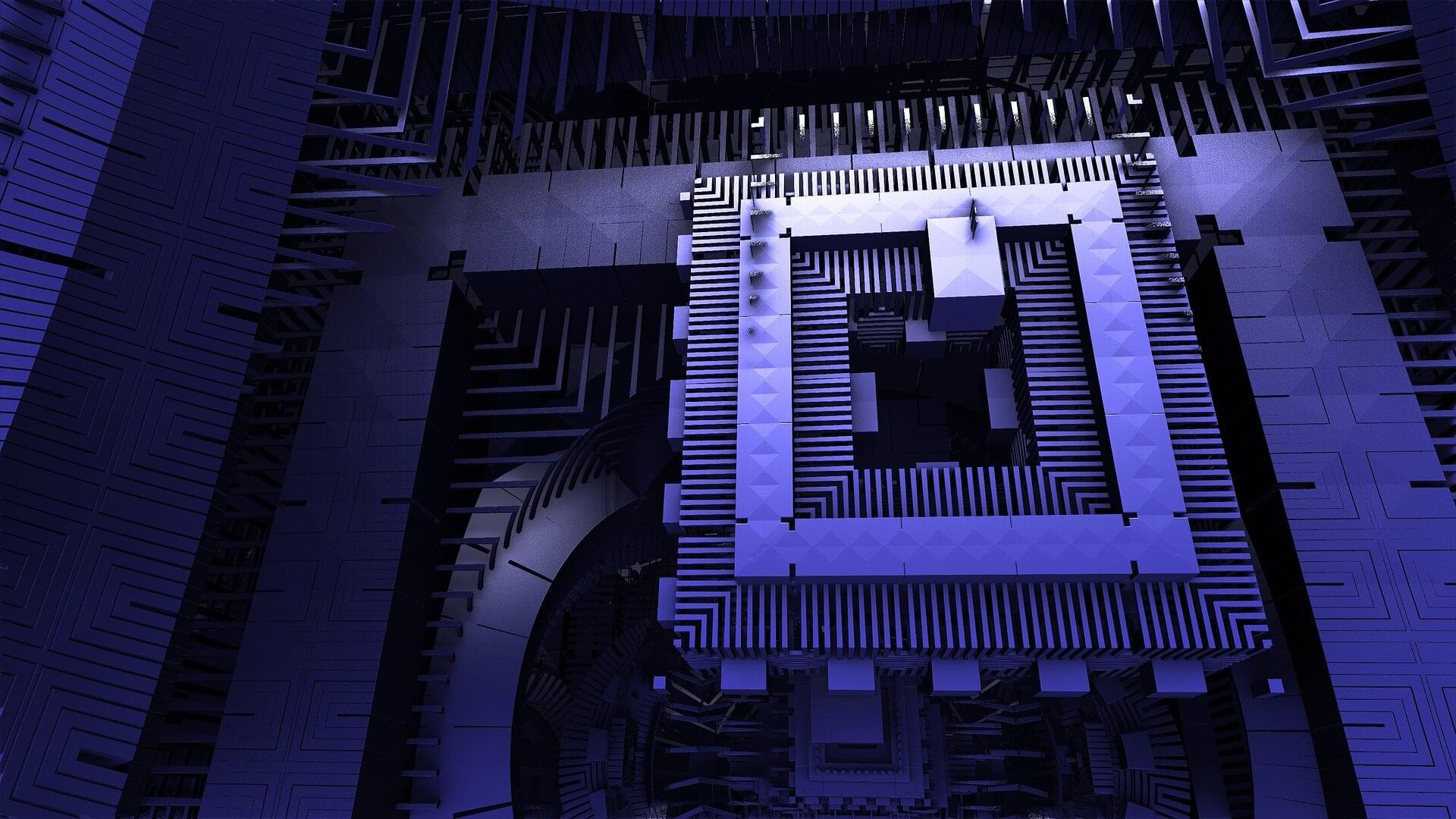
A study in Nature describes both the mechanism and the material conditions necessary for superfluorescence at room temperature. The work could serve as a blueprint for designing materials that allow exotic quantum states—such as superconductivity, superfluidity or superfluorescence—at high temperatures, paving the way for applications such as quantum computers that don’t require extremely low temperatures to operate.
The international team that did the work was led by North Carolina State University and included researchers from Duke University, Boston University and the Institut Polytechnique de Paris.
“In this work, we show both experimental and theoretical reasons behind macroscopic quantum coherence at high temperature,” says Kenan Gundogdu, professor of physics at NC State and corresponding author of the study.
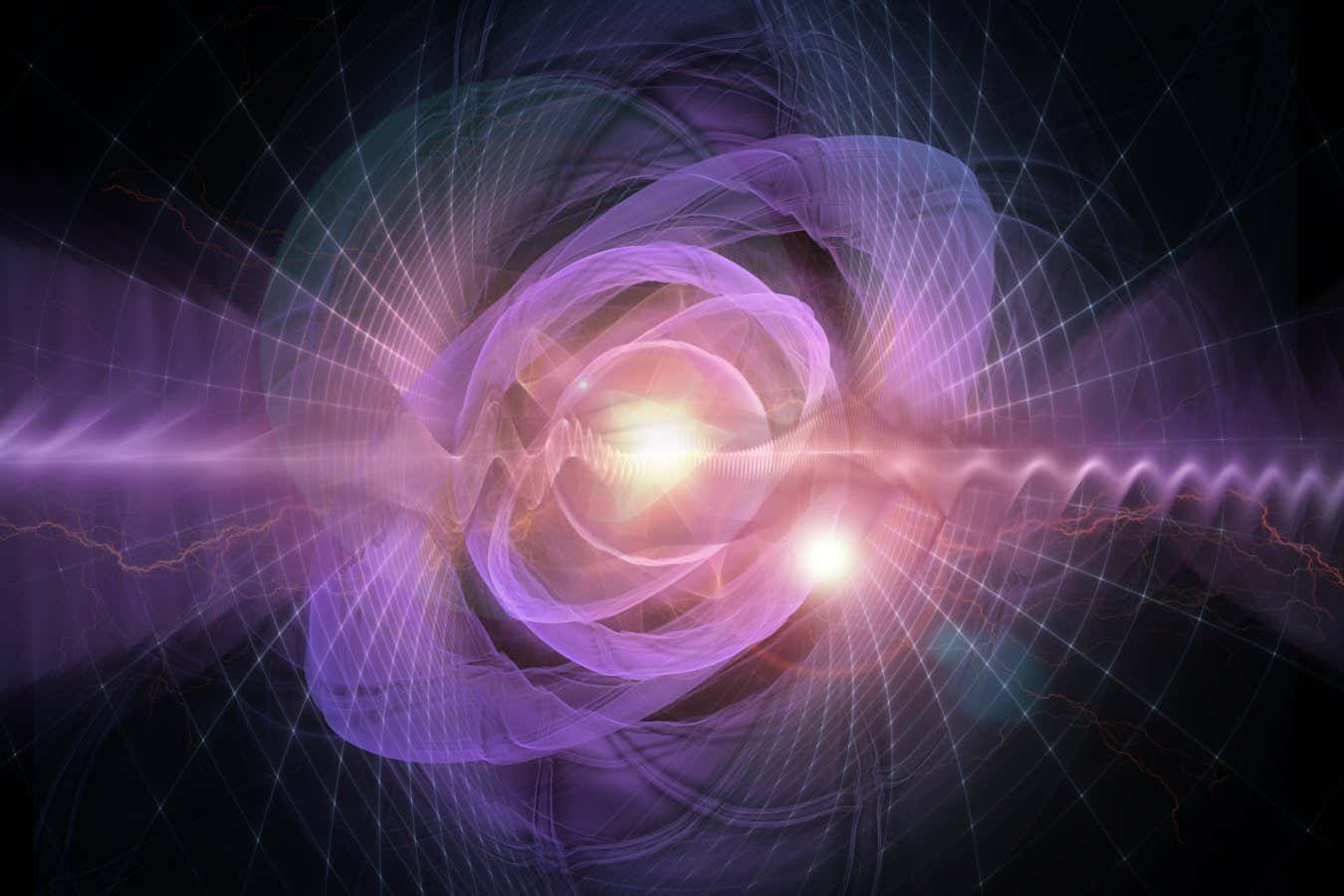
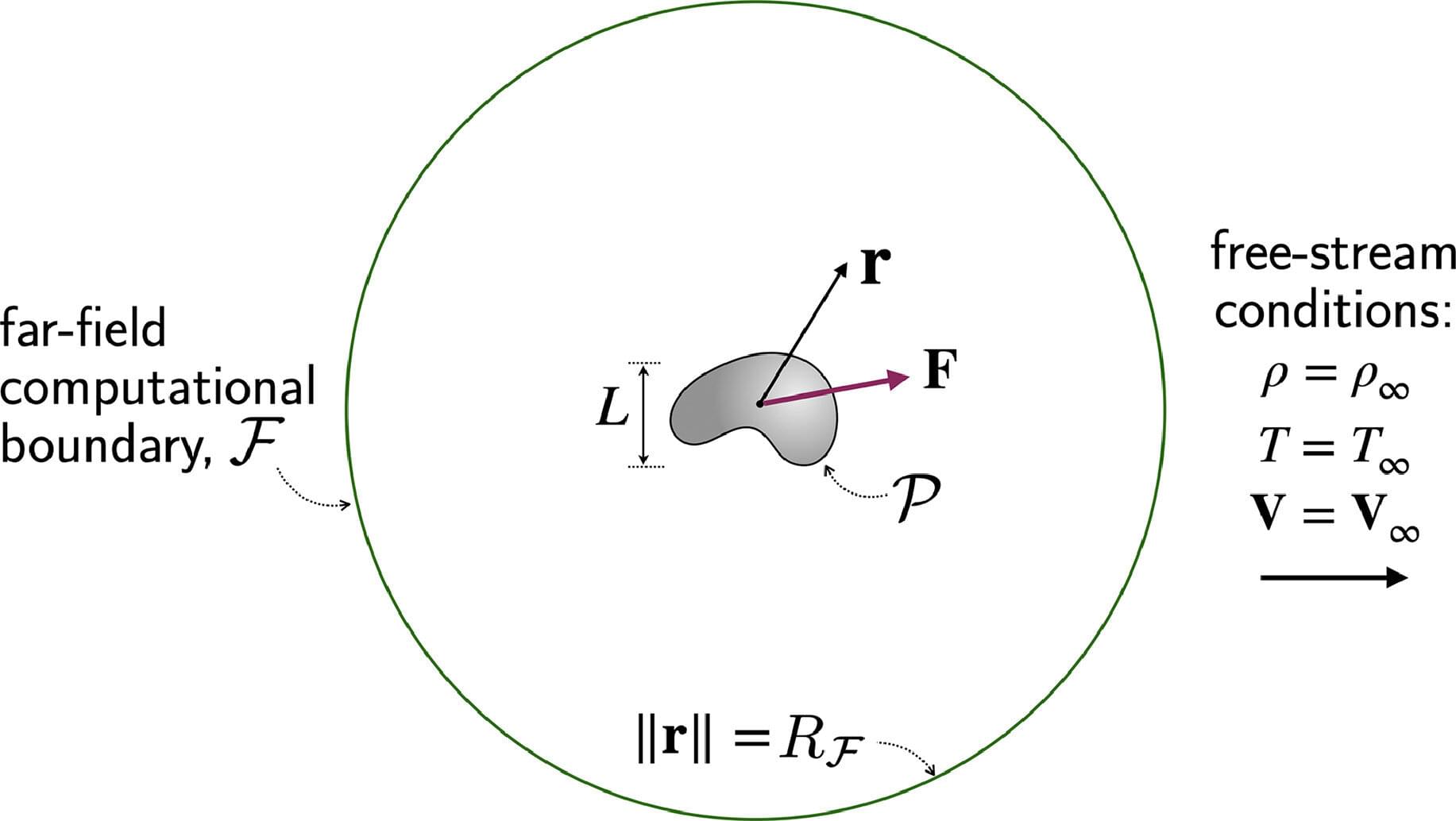
A pioneering method to simulate how nanoparticles move through the air could boost efforts to combat air pollution, suggests a study in the Journal of Computational Physics.
Tiny particles found in exhaust fumes, wildfire smoke and other forms of airborne pollution are linked with serious health conditions such as stroke, heart disease and cancer, but predicting how they move is notoriously difficult, researchers say.
Now, scientists have developed a new computer modeling approach that dramatically improves the accuracy and efficiency of simulating how nanoparticles behave in the air. In practice, this could mean simulations that can currently take weeks to run could be completed in a matter of hours, the team says.